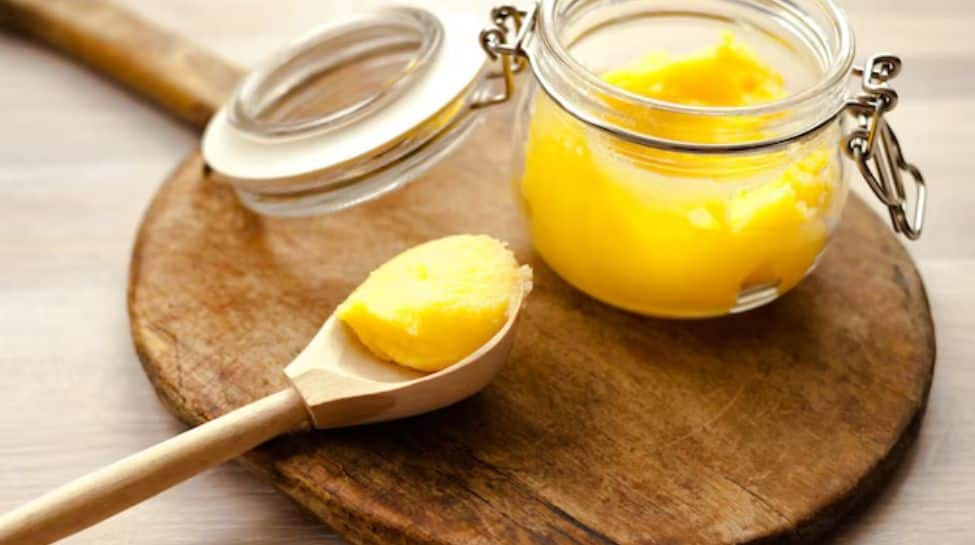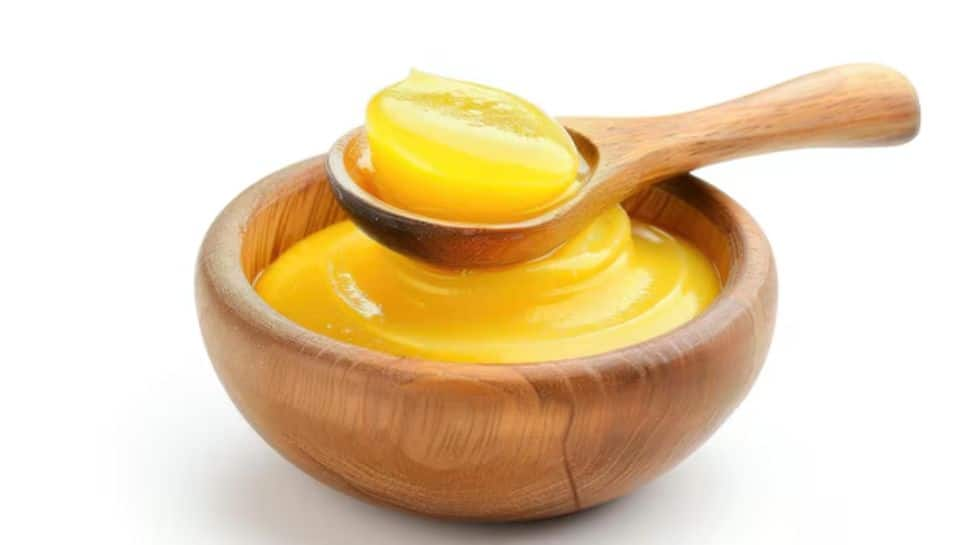7 Ways To Check Whether Your Ghee Is Pure Or Adulterated
Ghee, also known as clarified butter, is a staple in many households due to its rich flavor and numerous health benefits. Unfortunately, not all ghee available in the market is pure, and adulteration is common. Knowing how to check the quality of your ghee is crucial to ensure its safety and nutritional value.
7 Ways To Check Whether Your Ghee Is Pure Or Adulterated
)
Ensuring your ghee is pure is important for your health and culinary experiences. These simple tests can help you quickly identify the quality of your ghee at home without any specialized equipment. Prioritize quality to enjoy the true benefits of pure ghee!
The Simple Melt Test

Take a spoonful of ghee and put it in a glass or bowl at room temperature. Pure ghee has a uniform melting process and solidifies evenly. If the ghee is adulterated, it may remain separated or show uneven textures as it cools and hardens. This test is easy and gives you a quick idea of the ghee's quality. Why It Works: Pure ghee has a natural consistency due to the absence of foreign oils and chemicals. Adulterated versions can contain partially hydrogenated fats or vegetable oils, which behave differently.
The Freezing Test

Place a small amount of ghee in a transparent container and refrigerate it for 30 minutes. When you take it out, pure ghee will freeze uniformly without any distinct layers. Adulterated ghee may show visible layers of separation or inconsistencies, indicating added oils or fillers. Why It Works: The fatty acids in pure ghee are homogeneous, unlike adulterants that separate at low temperatures.
The Smell Test

Pure ghee has a unique and aromatic scent reminiscent of fresh milk and butter, with a subtle nutty undertone. If the ghee smells synthetic or has no discernible aroma, it could be mixed with artificial flavors or other oils. Why It Works: The natural process of making ghee imparts a distinctive smell that artificial substitutes or additives cannot mimic.
The Palm Test

Place a small drop of ghee on your palm and rub it gently. Pure ghee melts almost immediately due to the body heat, whereas adulterated ghee may take longer to melt or stay solid. Why It Works: Pure ghee contains fatty acids that melt at a low temperature, similar to human body temperature, while adulterated ghee with synthetic fats or oils resists melting.
Taste Test

Pure ghee has a rich, smooth, and slightly sweet taste, often described as creamy and pleasant. Adulterated ghee may have a bland, greasy, or off-putting aftertaste due to added oils or chemicals. Why It Works: The taste of ghee is a reflection of its natural dairy base and the caramelization of milk solids during its preparation. Impurities or additives alter this taste profile.
Iodine Test

To conduct this test, melt a small amount of ghee and add a few drops of iodine solution. If the solution turns blue or purple, this indicates the presence of starch, a sign of adulteration. Pure ghee will not react with iodine. Why It Works: Starch and other fillers often used as adulterants react chemically with iodine, changing its color.
The Smoke Test

Heat a spoonful of ghee in a pan. Pure ghee has a high smoke point and emits a pleasant, nutty aroma as it starts to smoke. If the ghee smokes quickly or produces an unpleasant smell, it is likely impure. Why It Works: Pure ghee is made up of healthy, stable fats that only start to break down at higher temperatures compared to oils and synthetic ingredients.
(This article is intended for your general information only. Zee News does not vouch for its accuracy or reliability.)
Trending Photos








